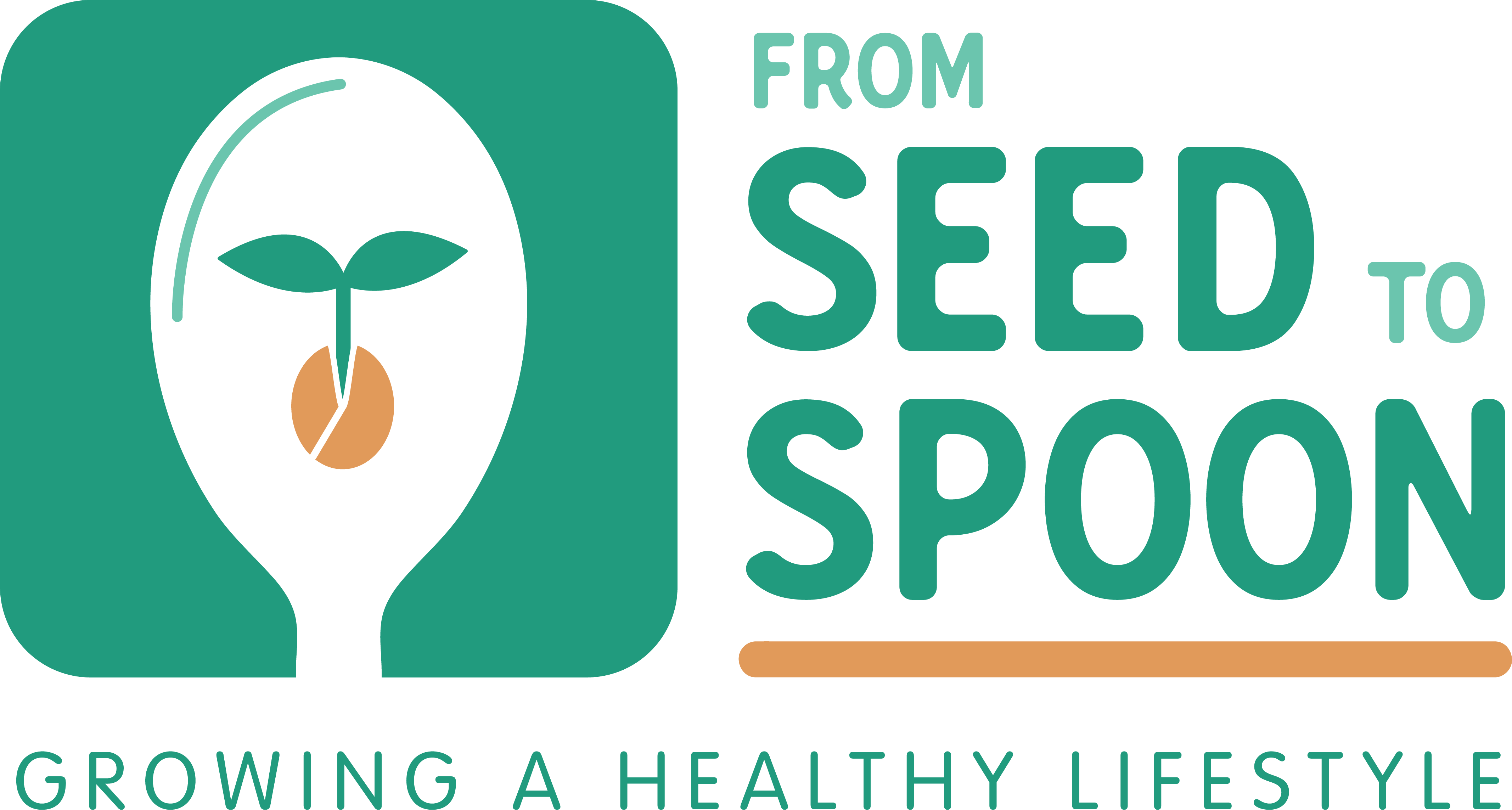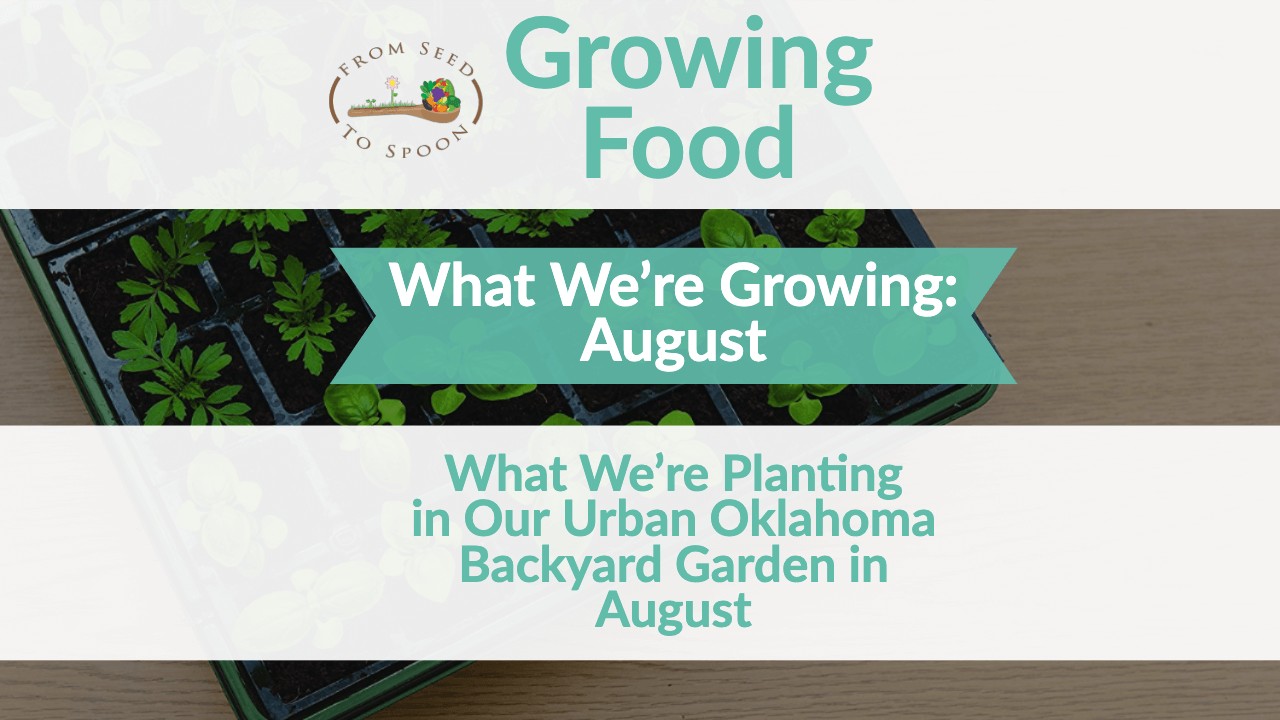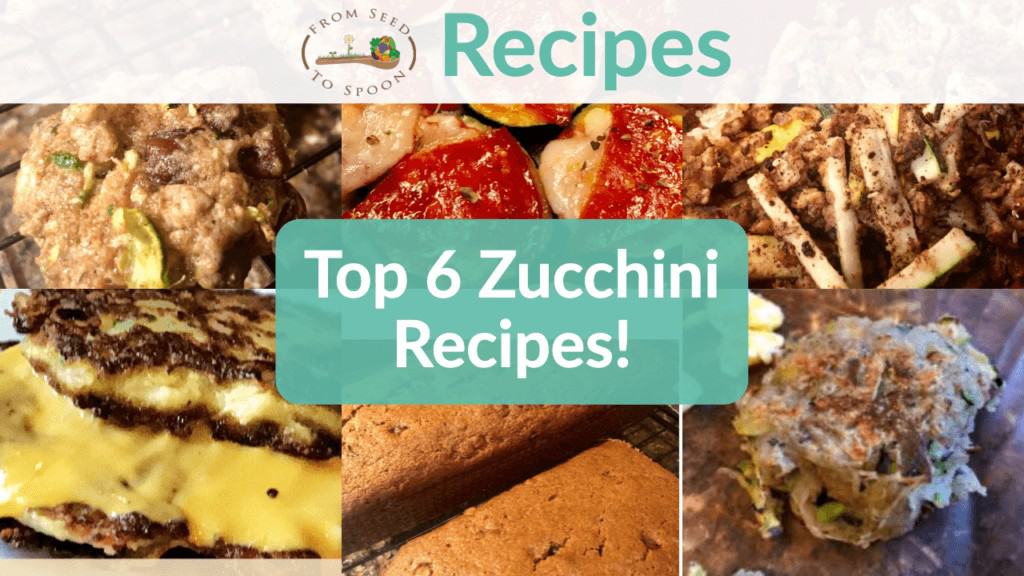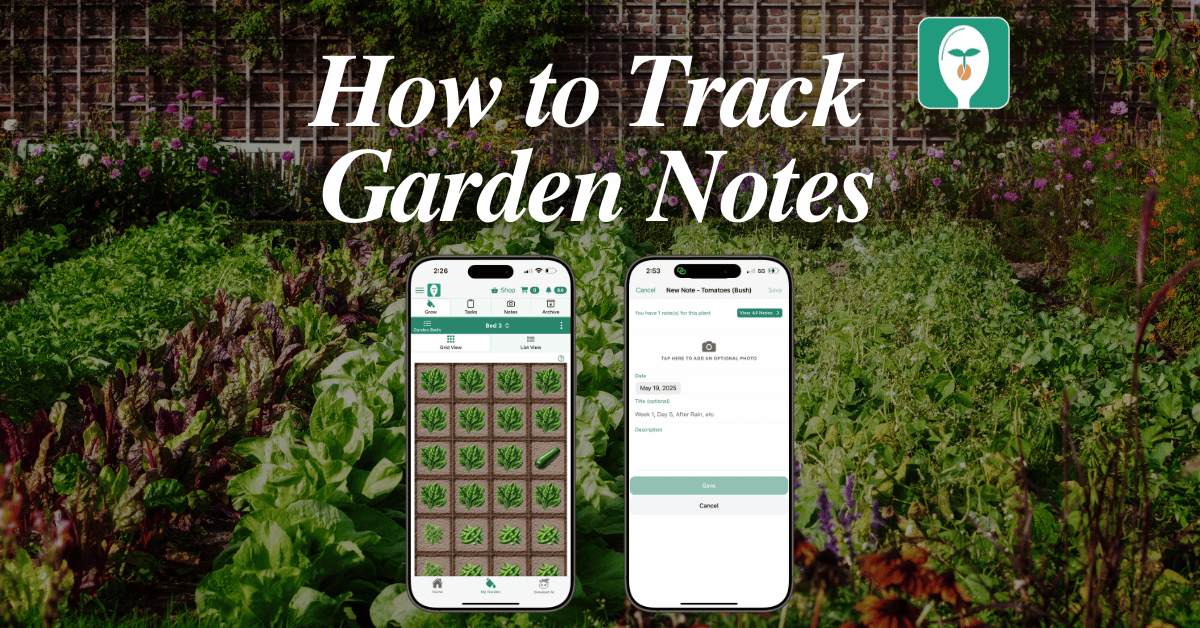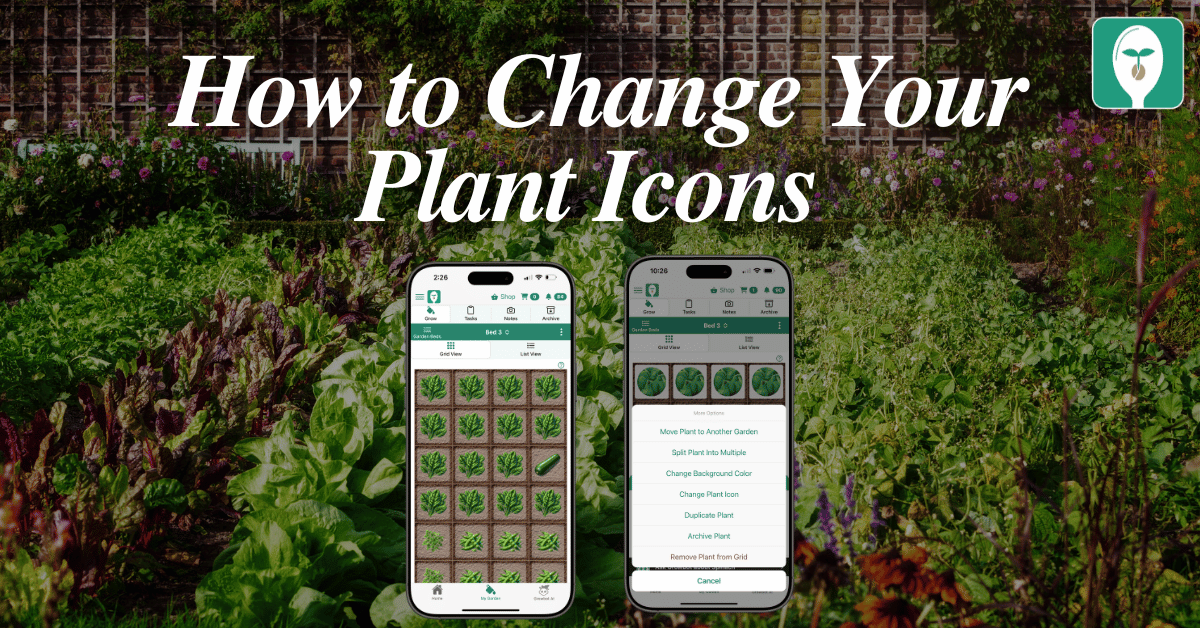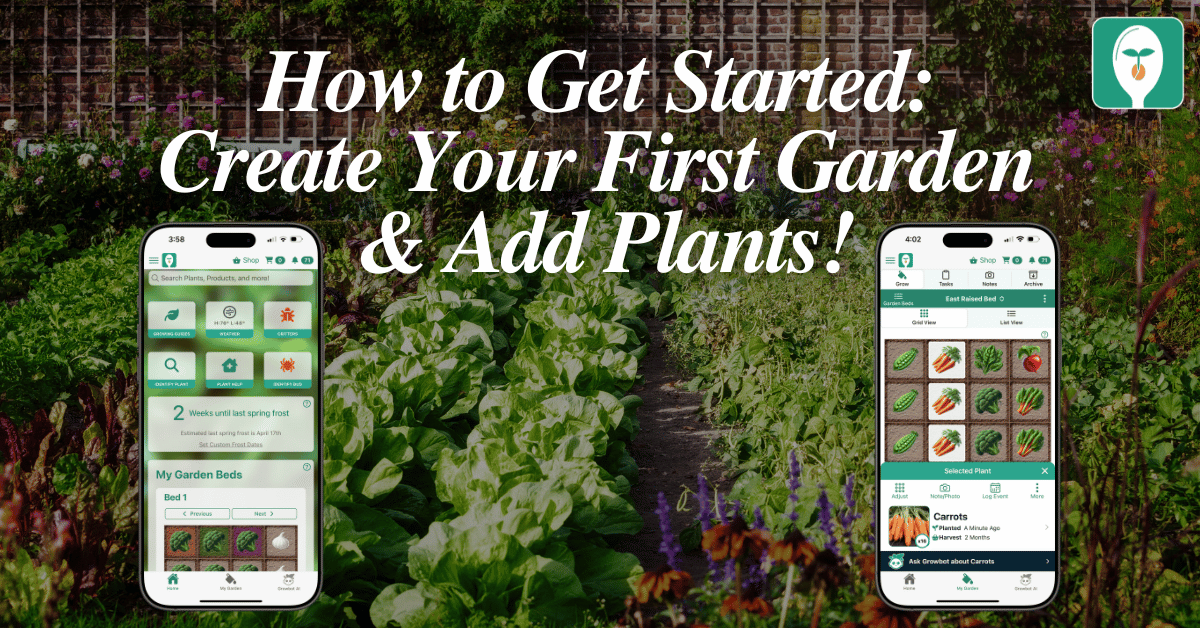When people think about gardening and growing food, they typically associate it with the spring and summer months. However, fall is actually a better time to grow food than spring for several reasons: fewer bugs, cooler temperatures, and less chaotic weather. Although August is still one of our hottest months, it’s when we need to plant our seeds for the fall and transplant broccoli, cabbage, and cauliflower that we started indoors last month. Learn more about how and when to grow 100+ fruits, vegetables, and herbs in our free app on iOS and Android. Search for gardening in the App Store or go to seedtospoon.net and you will find our free From Seed to Spoon gardening guides app!
If you missed out on starting cabbage, broccoli, cauliflower, and brussel sprouts indoors you can still plant them outside directly by seed. Instead of planting 1 seed and hoping it will develop, we sprinkle seeds generously and thin them down as they grow until there is only 1 left. These thinnings are essentially microgreens and are a great way to get a lot of nutrients into your diet without much effort. Check out our YouTube channel to see videos on how we grow these plants in our Moore, Oklahoma backyard garden!
We will be sowing seeds for carrots, beets, turnips, and radishes this month. It’s important to keep the seeds moist until they sprout. This can be difficult in the heat of August. To help our seeds out we will cover the area with burlap and water them everyday. Once they sprout we take the burlap away and the plants are off and running. The great thing about many plants is they tend to taste better as the temperatures cool down. For example, carrots harvested in November and December will taste radically sweeter than those harvested in May. Salad greens also take on the same effect. You won’t believe how great kale can taste fresh out of the garden in the winter!
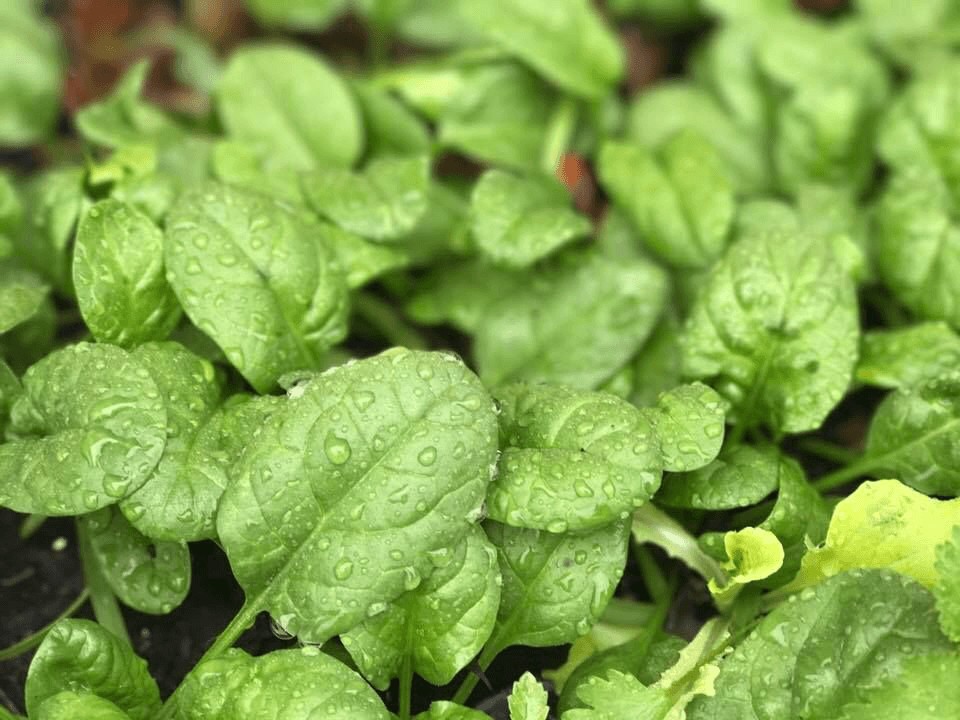
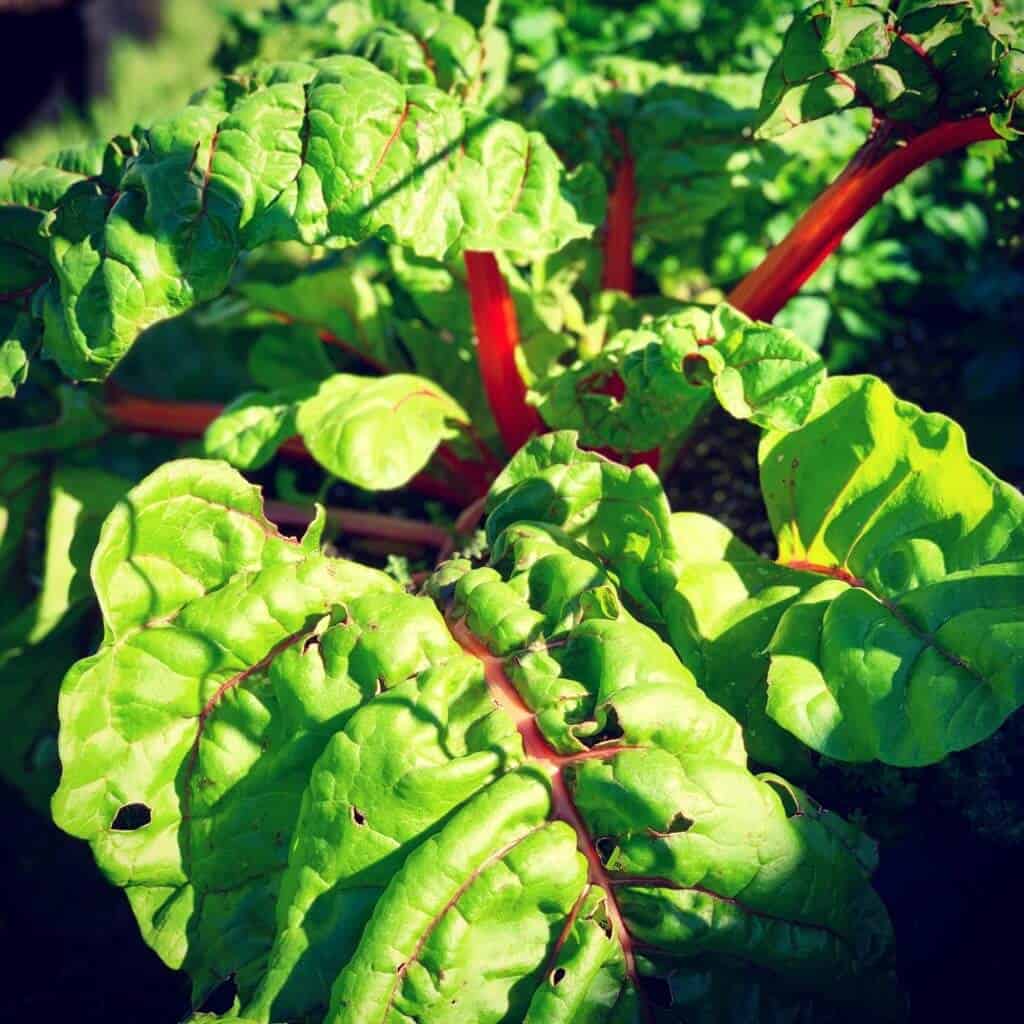
It’s also time to plant our greens for the fall. We will sprinkle kale, lettuce, arugula, spinach, and Chinese cabbage around the garden. Many of them will survive all winter here in Oklahoma.
With all the squash coming from the garden this month, we find many ways to uniquely cook and bake with them so we don’t get tired of the same foods everyday. We just wrote a blog post listing our 6 favorite ways to use zucchini in the kitchen. It includes recipes for zucchini-oat chocolate chip cookies, Parmesan crusted zucchini fries, zucchini bread, zucchini hash browns, zucchini pizza bites, and zucchini grilled cheese. You will love the variety and if you have any picky eaters in the household, they will certainly be appeased! Check out the recipes in “our blog” within our free app or seedtospoon.net.
August is also a month for preserving a lot of food for the winter. Our summer plantings of peppers, tomatoes, cucumbers, squash, okra, beans and much more will all be producing a lot. Our favorite and one of the easiest ways to preserve most of these is by freezing. Check out our blog under “more” section in our free app or website on details on how to preserve your extra harvest from the summer to enjoy all winter long!
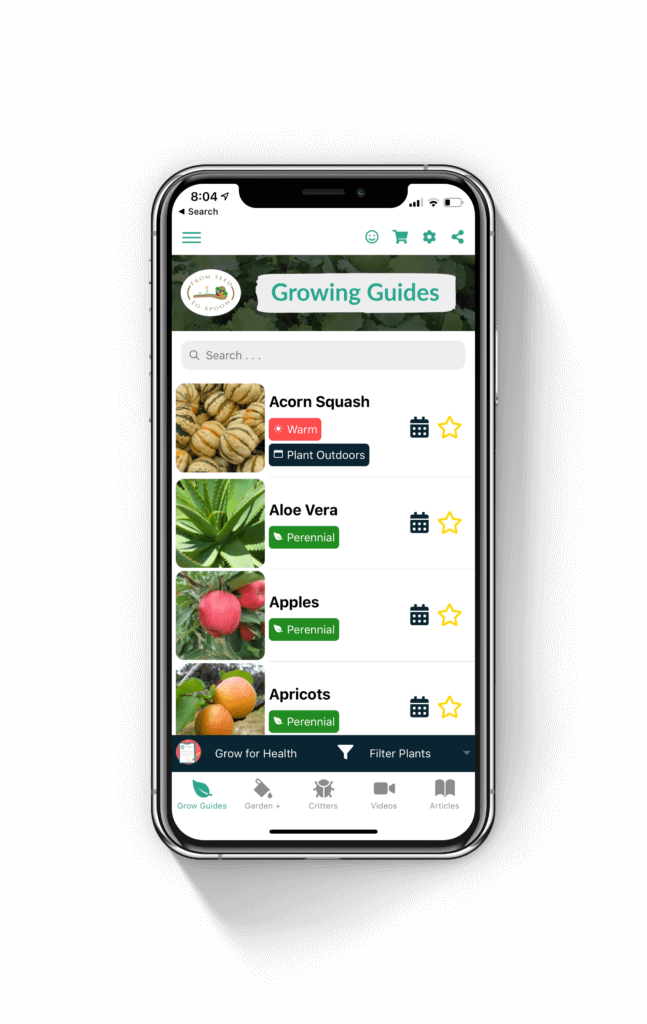


Carrie Spoonemore, co-founder of “From Seed to Spoon,” stands as a beacon of inspiration for gardeners and health enthusiasts alike. Her journey alongside her husband, Dale Spoonemore, in creating a platform that demystifies gardening and promotes a healthier lifestyle, has made a significant impact on individuals around the globe. Through the “From Seed to Spoon” app, Carrie has dedicated herself to empowering people to take control of their health and environment by growing their own food.
With a profound belief in the power of gardening to improve mental and physical health, Carrie’s contributions to the Seed to Spoon blog reflect her holistic approach to wellness. Her articles often focus on the nutritional benefits of homegrown fruits and vegetables, organic gardening practices, and the mental health benefits of spending time in nature. Carrie’s expertise in health science shines through in her detailed discussions on how specific plants can contribute to a balanced diet and overall well-being.
Carrie’s passion for gardening is deeply intertwined with her commitment to family and community wellness. She frequently shares personal stories of how gardening has brought her family closer together, offering practical tips for involving children in gardening activities and making it a fun, educational experience. Her writing encourages families to explore gardening as a means of spending quality time together while learning about nature and sustainability.
In addition to gardening advice, Carrie’s contributions to the blog include insights into the use of technology to enhance the gardening experience. She has played a crucial role in designing the “From Seed to Spoon” app to be user-friendly, ensuring that users of all ages and backgrounds can navigate the complexities of gardening with ease. Her vision for the app is not just as a gardening tool but as a vehicle for change, inspiring individuals to adopt a more sustainable lifestyle by growing their own food.
Carrie Spoonemore’s presence on the blog is marked by her compassionate approach to teaching and her unwavering belief in the transformative power of gardening. Her work continues to inspire a community of gardeners to pursue a healthier, more sustainable way of living, proving that with the right tools and knowledge, anyone can become a gardener and advocate for their health and the planet.
